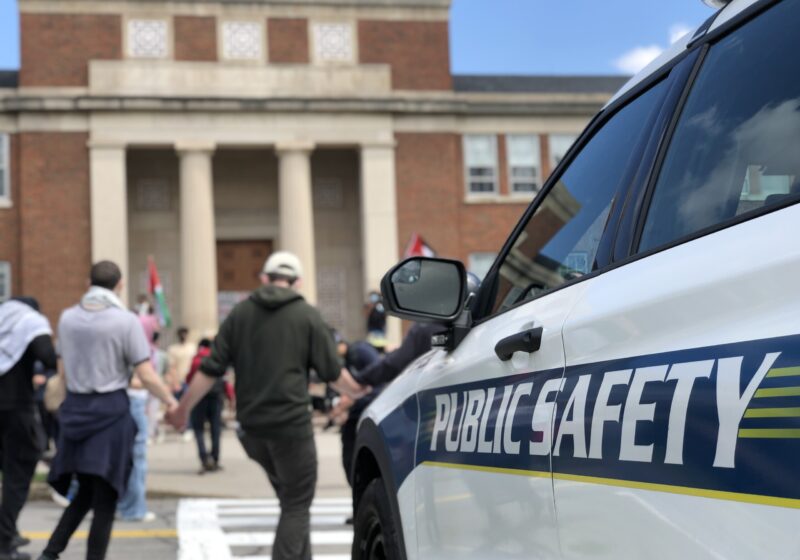Former doctoral student at UR Ben Kilminster and Professor of Physics Kevin McFarland recently contributed in studies regarding the mysterious characteristics of the heaviest quark ever seen in the Standard Model of Particle Physics – the top quark.
“We got the answer that we predicted,” Kilminster’s former advisor McFarland said. “[But] we haven’t solved the puzzle at all.”
Quarks are particles that make up protons and neutrons.
Their systematic studies concluded that there are no unique characteristics between the top quark and the weak force.
Instead, top quark’s behavior is identical to that of all other quarks. McFarland mentioned that the mass of the top quark is about the mass of a gold atom.
In the Standard Model of Particle Physics, this fact indicates that it takes enormous amounts of energy to produce top quark unlike any other quark in the space.
He added that this is one of the reasons why top quark is a very unique particle.
Ever since Professor of Physics Paul Tipton discovered the top quark in 1995, numerous physicists around the world have been researching and investigating its possible unique characteristics and whether the top quark decays in the same ways as other quarks.
Among physicists, decaying of quarks and the fact that they all have weak force interactions which cause them to violate Parity, movements of particles if the direction in space is suddenly reversed, are already known facts.
Parity is a left and right-handed symmetrical movement of particles in the space. Hence, if particles violate parity, then they are left-handed and not symmetric.
“I would call [this investigation] a precision study of the handedness of the top quark,” Professor of Physics and a collaborator in the investigation Arie Bodek said.
Since its first discovery, numerous theories suggested that the top quark can be an exception when compared to other quarks, due to its heaviness and the amount of energy it contains.
Hence, physicists had skepticism toward the mysterious top quark – its interactions with the weak force and whether it violated Parity unlike other quarks or not.
In space, there are strong and weak forces. Strong forces connect quarks together while weak forces change particles’ identity.
Weak forces require particles to stay close together in a given space in order for particles to change their identities.
To change a particle’s identity, the particle must borrow lots of energy, but those borrowed energies are not free.
It must give those energies back as soon as possible to the lender.
“It works just like a bank,” McFarland said. “But this happens in the space.”
Due to the fact that particles must give back borrowed energies as soon as possible, particles must stay close so that they can give them back quickly.
Moreover, since a changing particle’s identity requires these efforts, it does not happen often – hence, the term “weak.”
Since top quark is the heaviest particle in known physics and it is even heavier than the W-boson – the particle that carries the weak force – physicists imagined that the top quark must decay differently than all other quarks.
According to Kilminster and McFarland’s investigations, the result was that the top quark actually decayed in the same way as other quarks and violated Parity. Thus, all known quarks are left-handed.
But there are two big puzzles to the relationship between the top quark and the weak force.
If the weak force interaction is very rare, physicists do not know where the top quark received all energies.
“Similarly, we do not understand why the weak interaction is left-handed,” Bodek said.
“Is there another universe in which the weak interaction is right-handed? The thing about science is that the more one learns, it raises new questions that one could ask.”
Hoping to solve these two big puzzles, Kilminster continues to research regarding this matter at the Ohio State University as a post-doctoral researcher.
“Even though we can’t get them [theory based results] today, we’ll get them next time,” McFarland said. “We’re basically trying to kill two birds with one stone.”
National Science Foundation and the U.S. Department of Energy funded this research.
It involved over 500 collaborators and among those collaborators, 20 of them were UR graduate students and researchers.
“It is actually a lot of fun when getting to work with such incredibly bright students and researchers including [Kilminster] and many others,” McFarland said.
Aoyama can be reached at yaoyama@campustimes.org.

